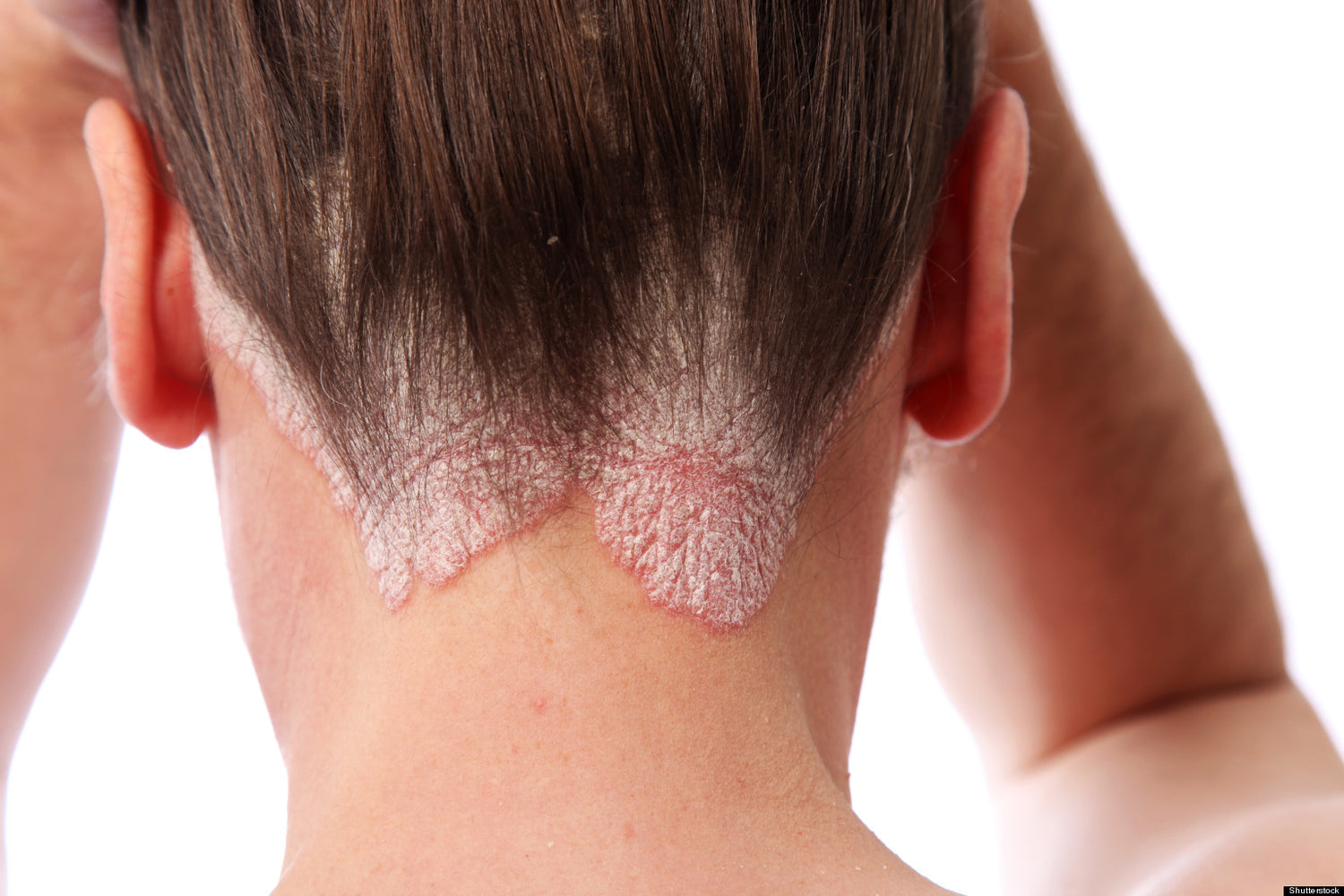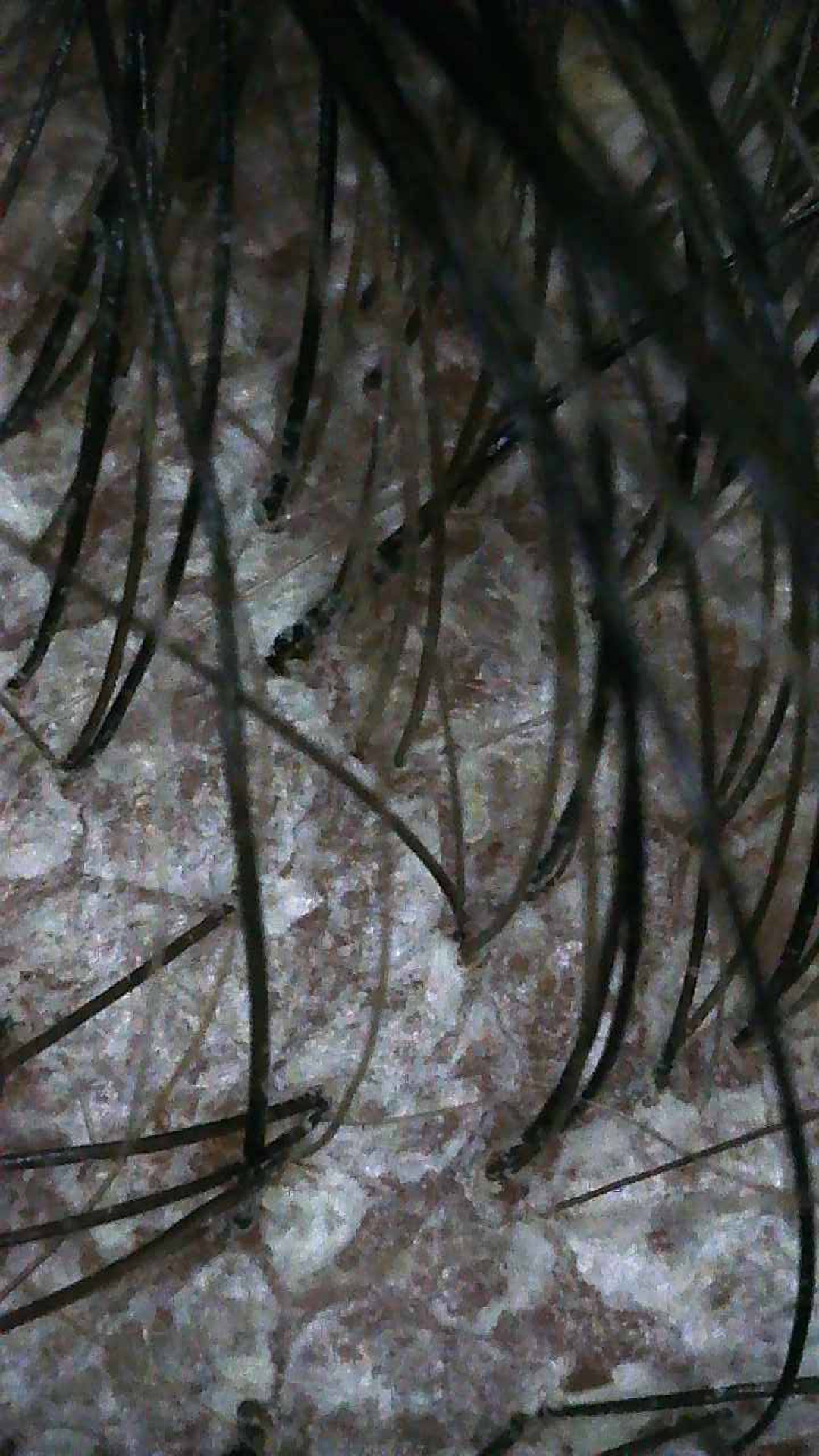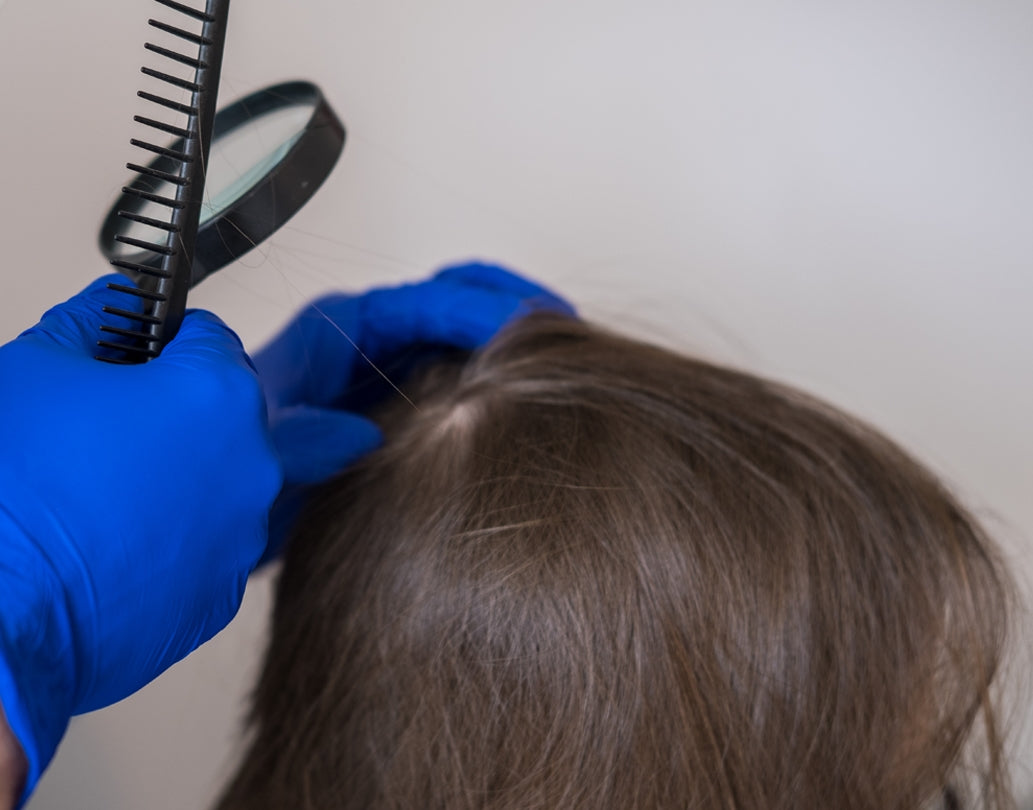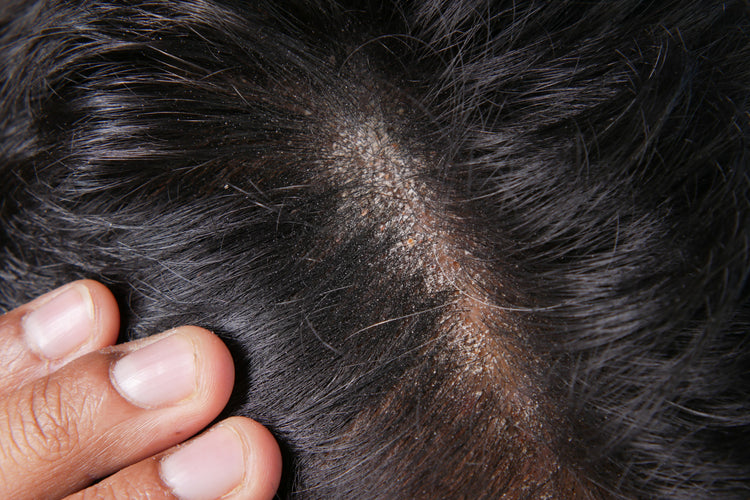
Scalp Psoriasis
Psoriasis is a skin condition that causes red, flaky, crusty patches of skin covered with silvery scales.
These patches normally appear on your elbows, knees, scalp and lower back, but can appear anywhere on the body. The areas are covered with dry, white, silvery scaled which can sometimes become thick. Although not easily removed, if they are, coarse lined skin with areas of bleeding can be found underneath. It is also possible for finger and toe nails to be affected and stiff and painful joints can also accompany this uncomfortable condition.
Psoriasis affects around 2% of people in the UK. It can start at any age but most often occurs in adults under the age of 35 years old, and affects men and women equally. The severity of psoriasis varies greatly from person to person. For some it’s just a minor irritation but, for others, it can majorly affect their quality of life.
A wide range of treatments are available for people suffering from Psoriasis, but identifying the most effective one can be difficult. Treatments are generally determined by the type and severity of your psoriasis, and the area of scalp affected.
We will work with you and can offer a treatment plan, which may need to be reviewed regularly.

Scalp Eczema
If you have mild itching, flaky white or yellow scales, inflammation or dandruff, you could be seeing signs of Seborrhoeic Eczema, or Seborrheic dermatitis as it is also
known. This is a chronic and relapsing inflammatory scalp condition whichoccurs in areas with more sebaceous glands, such as the scalp, face and inside of the ear.
However, a range of treatments are available and the condition usually responds well to treatment. We can provide a treatment plan, which may require regular review as the condition does sometimes relapse.

Scalp Folliculitis
Folliculitis is a very common skin disorder and is an inflammation or infection of the hair follicles, which can be either a mild, short-lived condition or a severe long-term problem.
When a hair follicle becomes infected, it swells into a small pus filled pimple. Each individual pimple looks like a small, rounded, yellow red spot.
Most cases of Folliculitis are caused by an infection; it can occur at sites where hair follicles are damaged by friction, such as shaving, a blockage of the hair follicle or over activity of the sweat glands.
A range of treatments are available and the condition usually responds well to treatment. We can provide a treatment plan, which may require regular review as the condition does sometimes relapse.
